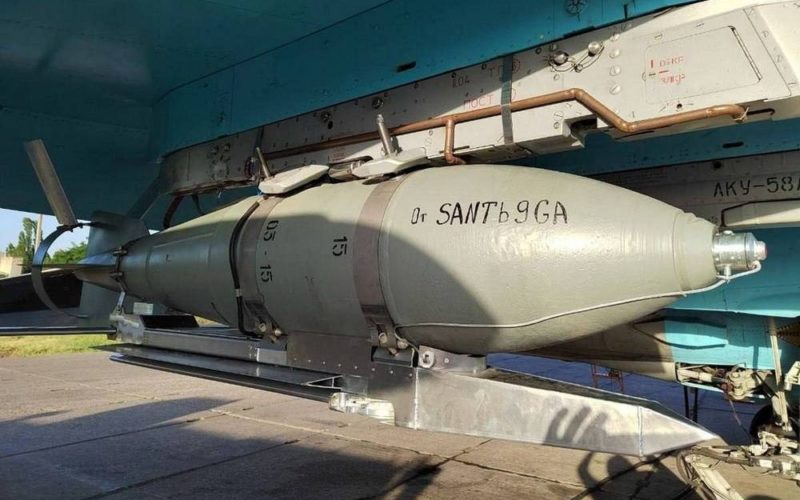Military: Russians use scorched earth tactics in Donbas, destroying everything with KAB bombs

As Russia activated the use of aircraft in eastern Ukraine, Ukraine’s Defense Ministry reported 13 downed Russian warplanes in February, including 10 Su-34 fighter-bombers, 2 Su-35 fighter jets, and one A-50 long-range radar detection and control aircraft. Oleshchuk reported the destruction of another Russian Su-34 near Mariupol on 1 March, and another Su-34 on the next day, bringing the claimed tally of downed Russian aircraft to 15 in 31 days.
No comments:
Post a Comment